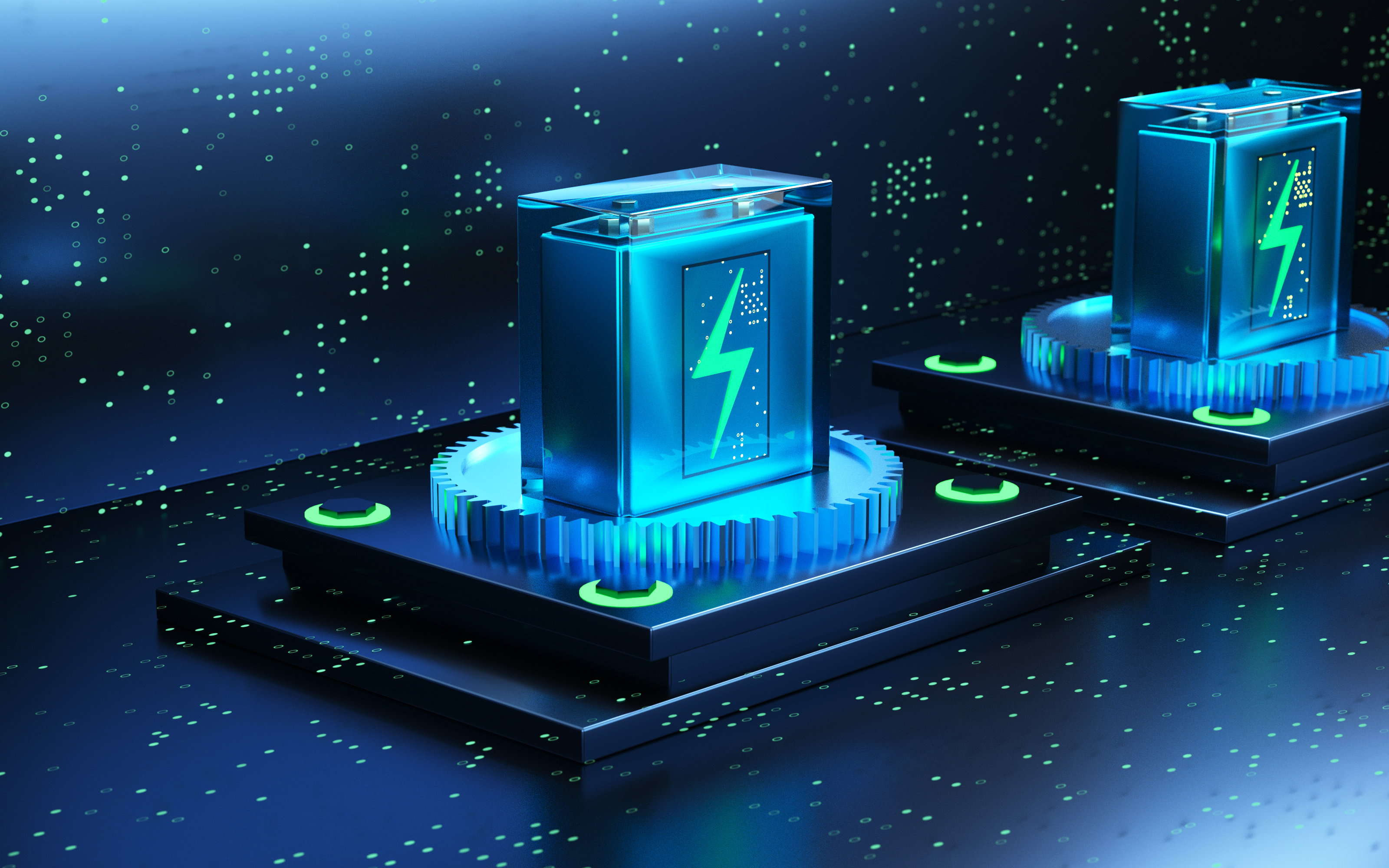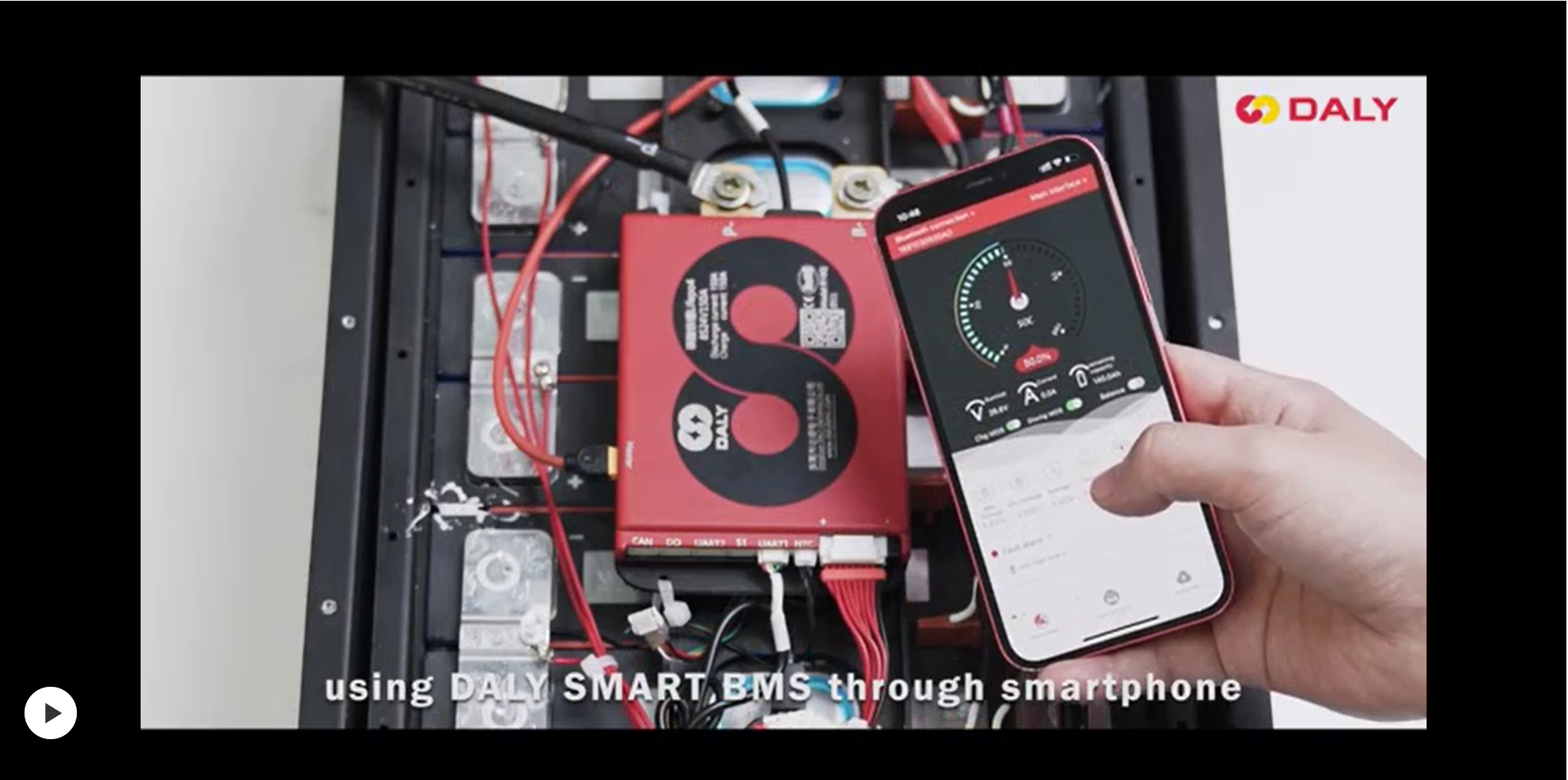Lithium battery usage has surged across various applications, from electric two-wheelers, RVs, and golf carts to home energy storage and industrial setups. Many of these systems employ parallel battery configurations to meet their power and energy needs. While parallel connections can increase capacity and provide redundancy, they also introduce complexities, making a Battery Management System (BMS) essential. Especially for LiFePO4 and Li-ion batteries, the inclusion of a smart BMS is critical for ensuring optimal performance, safety, and longevity.

Parallel Batteries in Everyday Applications
Electric two-wheelers and small mobility vehicles often use lithium batteries to provide sufficient power and range for daily use. By connecting multiple battery packs in parallel, what can boost current capacity, enabling higher performance and longer distances. Similarly, in RVs and golf carts, parallel battery configurations deliver the power needed for both propulsion and auxiliary systems, such as lights and appliances.
In home energy storage systems and small industrial setups, parallel-connected lithium batteries enable storing more energy to support varying power demands. These systems ensure a stable energy supply during peak usage or in off-grid scenarios.
However, managing multiple lithium batteries in parallel is not straightforward due to the potential for imbalances and safety issues.
The Critical Role of BMS in Parallel Battery Systems
Ensuring Voltage and Current Balance: In a parallel configuration, each lithium battery pack must maintain the same voltage level to function correctly. Variations in voltage or internal resistance among packs can lead to uneven current distribution, with some packs being overworked while others underperform. This imbalance can quickly lead to performance degradation or even failure. A BMS continuously monitors and balances the voltage of each pack, ensuring they operate harmoniously to maximize efficiency and safety.
Safety Management: Safety is a paramount concern, Without a BMS, parallel packs can experience overcharging, over-discharging, or overheating, which can lead to thermal runaway—a potentially hazardous situation where a battery can catch fire or explode. The BMS acts as a safeguard, monitoring each pack's temperature, voltage, and current. It takes corrective actions such as disconnecting the charger or load if any pack exceeds safe operating limits.


Extending Battery Lifespan: In RVs, home energy storage, lithium batteries represent a significant investment. Over time, differences in the aging rates of individual packs can lead to imbalances in a parallel system, reducing the overall lifespan of the battery array. A BMS helps mitigate this by balancing the state of charge (SOC) across all packs. By preventing any single pack from being overused or overcharged, the BMS ensures that all packs age more evenly, thereby extending the overall battery life.
Monitoring State of Charge (SOC) and State of Health (SOH): In applications like home energy storage or RV power systems, understanding the SoC and SoH of the battery packs is crucial for effective energy management. A smart BMS provides real-time data on the charge and health status of each pack in the parallel configuration. Many modern BMS factories, such as DALY BMS offer advanced smart BMS solutions with dedicated apps. These BMS apps allow users to remotely monitor their battery systems, optimize energy usage, plan maintenance, and prevent unexpected downtime.
So, do parallel batteries need a BMS? Absolutely. The BMS is the unsung hero that quietly works behind the scenes, ensuring that our daily applications involving parallel batteries run smoothly and safely.
Post time: Sep-19-2024





